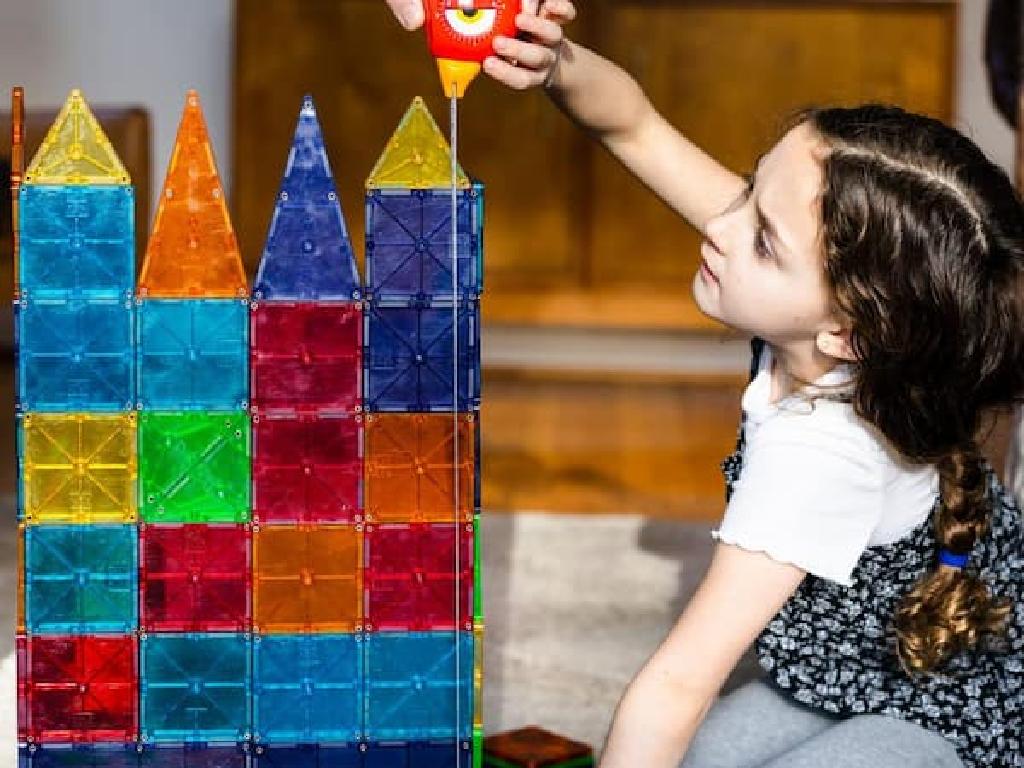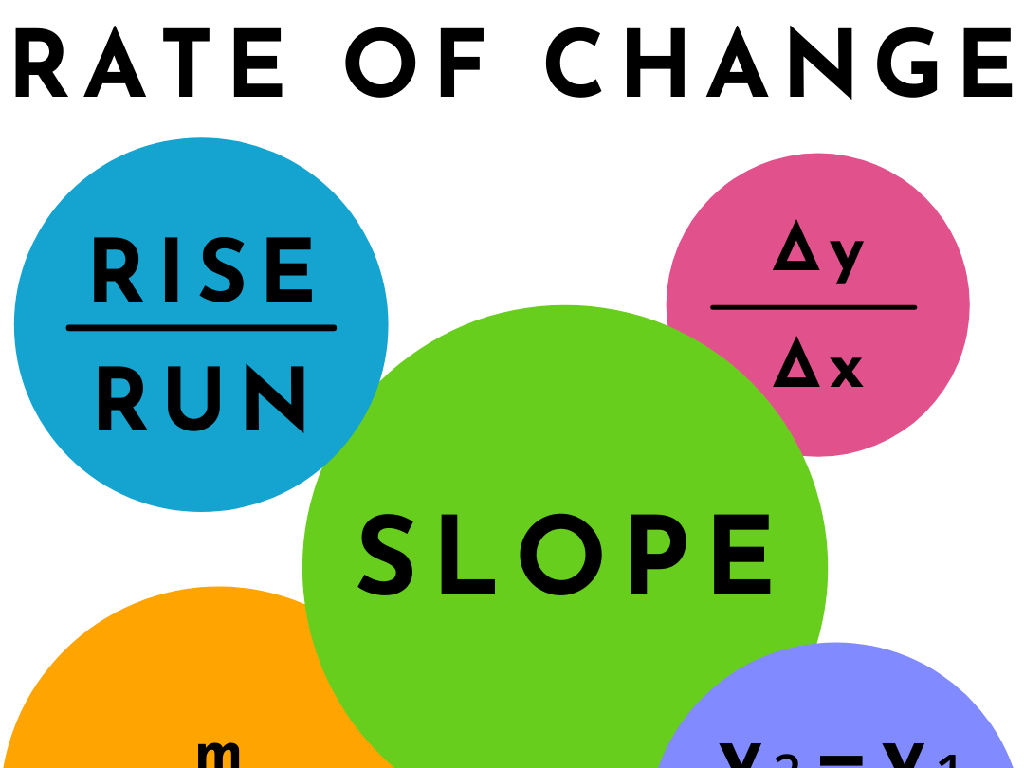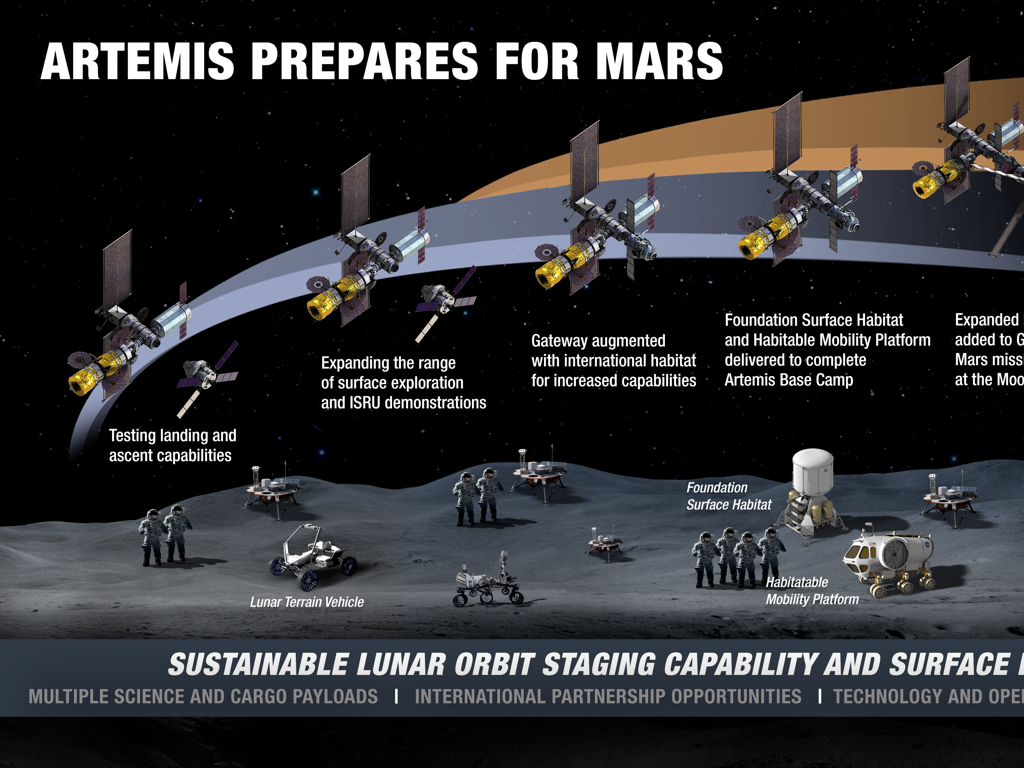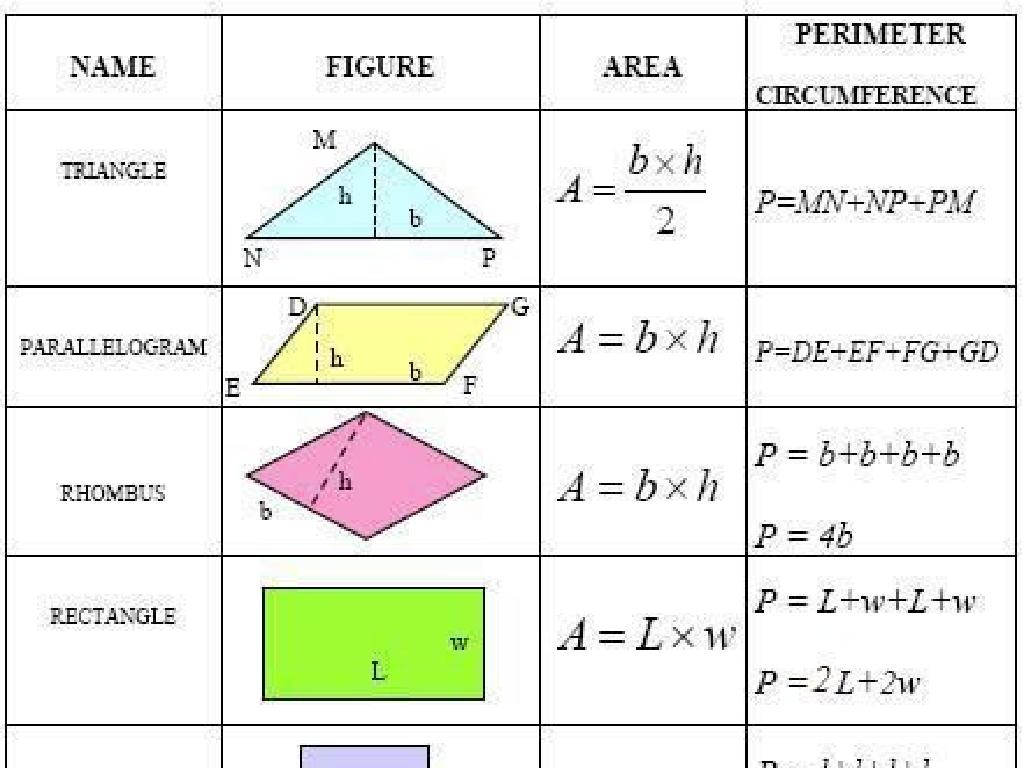Compare And Convert Customary Units Of Length
Subject: Math
Grade: Fifth grade
Topic: Customary Units Of Measurement
Please LOG IN to download the presentation. Access is available to registered users only.
View More Content
Introduction to Customary Units of Length
– What are customary units?
– Units like inches, feet, yards, and miles used in the U.S.
– Importance of measuring length
– To understand size and distance in everyday life
– Tools for length measurement
– Rulers, tape measures, and yardsticks
– Practice conversion examples
– Convert 12 inches to 1 foot, 3 feet to 1 yard
|
This slide introduces students to the concept of customary units of length, which are part of the measurement system used in the United States. Start by explaining what customary units are and provide examples such as inches, feet, yards, and miles. Discuss the importance of measuring length in real-world scenarios, such as finding the right size of clothing or determining if a new piece of furniture will fit in a room. Introduce common tools used to measure length, including rulers, tape measures, and yardsticks, and demonstrate how to use them. Finally, engage students with practice examples to help them understand how to convert between different units of length. This foundational knowledge will be crucial for their understanding of measurement and for solving real-life problems.
Customary Units of Length
– Inches, Feet, Yards, Miles
– Inches in a Foot
– 12 inches equal 1 foot
– Feet in a Yard
– 3 feet make up 1 yard
– Yards in a Mile
– 1,760 yards are in 1 mile
|
This slide introduces students to the basic customary units of length used in the United States: inches, feet, yards, and miles. It’s crucial to help students memorize the conversion factors between these units. There are 12 inches in a foot, which can be visualized as the length of a standard ruler. A yard is made up of 3 feet, which is close to the length of one stride of an adult. For a larger scale, there are 1,760 yards in a mile, which is approximately the distance of over 17 football fields put together. Use real-life examples to help students grasp the concept of length and the relationship between these units. Encourage them to measure objects around the classroom using these units for a practical understanding.
Comparing Customary Units of Length
– Understanding when to use inches, feet, yards, and miles
– Inches for small objects, feet for furniture, yards for fields, miles for distances between cities
– Estimating lengths using customary units
– Guess the length of a pencil, book, or desk in inches or feet before measuring
– Comparing lengths with everyday objects
– A paperclip is about an inch, a door about 3 feet, a car about 3 yards long
– Practice with length conversion activities
|
This slide aims to help students understand the appropriate situations to use different customary units of length and develop estimation skills. Start by explaining each unit’s practical application: inches for small items, feet for household objects, yards for larger areas, and miles for long distances. Encourage students to estimate lengths of familiar objects to enhance their understanding of units. Use relatable objects to make comparisons, such as paperclips for inches and cars for yards. Incorporate interactive activities where students convert between units to solidify their understanding. The goal is to make measurement relatable and to build a strong foundation for estimation and conversion skills.
Mastering Length Conversions
– Tricks for length conversions
– Use mnemonics: 12 inches = 1 foot, 3 feet = 1 yard
– Convert inches to feet
– 36 inches? Divide by 12 to get 3 feet
– Convert feet to yards
– 10 feet? Divide by 3 to get approximately 3.33 yards
– Practice with examples
|
This slide is aimed at helping students remember and practice converting between different customary units of length. Start by introducing mnemonic devices to help them memorize the basic conversions. For example, there are 12 inches in a foot and 3 feet in a yard. Then, guide the students through practice problems, converting inches to feet by dividing by 12, and converting feet to yards by dividing by 3. Provide several examples for the students to work through and encourage them to come up with their own conversion problems. This will help solidify their understanding of length conversions within the customary system.
Real-life Applications of Length Measurement
– Importance of length conversion
Converting length helps in cooking, construction, and more.
– Everyday examples of measuring length
Measuring for new furniture, checking height for a ride, or baking.
– Discussing measurement usage
Share where you’ve used length measurement at home or school.
– Group activity on length application
|
Understanding how to compare and convert different units of length is crucial in many aspects of daily life. This slide aims to show students the practical applications of these skills. For example, knowing how to convert inches to feet can help when buying the right amount of carpet for a room. During the group discussion, encourage students to think about times they or their family have used measurements, such as during home renovations or comparing heights. The group activity should involve students discussing and listing real-life scenarios where they’ve encountered the need to measure length, fostering a deeper understanding of the importance of these skills.
Class Activity: Exploring Measurements
– Measure classroom objects
– Convert measurements
– Use rulers to measure in inches, then convert to feet and yards
– Discuss conversion methods
– How do we change inches to feet, or feet to yards?
– Share results with peers
|
This interactive activity is designed to help students understand and apply the concepts of customary units of length. Provide students with rulers and have them measure various objects around the classroom. Then, guide them through the process of converting those measurements into different units, such as from inches to feet or feet to yards. Encourage them to use multiplication and division where appropriate. After the measurements and conversions, students will share their findings with the class, discussing any challenges or interesting observations. Possible activities include measuring the length of a desk, the width of a book, or the height of a chair. This will help solidify their understanding of measurement units and conversion between them.
Quiz Time: Customary Units of Length
– Convert lengths to new units
– Change inches to feet, feet to yards, and so on
– Estimate and convert classroom objects
– Guess the length of a desk, then measure it
– Use your ruler for real measurements
– Share your answers with the class
|
This slide introduces a quiz activity to reinforce the students’ understanding of customary units of length. Start by explaining the conversion process between inches, feet, and yards. Provide examples, such as 12 inches equals 1 foot, and 3 feet equals 1 yard. Then, have students estimate the length of various objects in the classroom before using a ruler or tape measure to find the actual length and convert those measurements into different units. Encourage students to discuss their estimation strategies and how close they were to the actual measurements. This activity will help them grasp the practical application of measurement conversions in real-world scenarios. Prepare a worksheet with conversion tables and objects to measure for the activity.
Conclusion: Mastering Length Measurement
– Recap customary units of length
– Inches, feet, yards, and miles are the units we use.
– Why accurate measurement matters
– Accurate measurements are crucial in everyday tasks like cooking and building.
– How to convert between units
– Use multiplication or division to convert units, like feet to inches.
– Sneak peek at the next lesson
|
As we wrap up today’s lesson, remind students of the different customary units of length: inches, feet, yards, and miles. Emphasize the importance of measuring accurately, whether they’re following a recipe or measuring materials for a project. Review the methods for converting between units, such as using 12 inches for 1 foot, or 3 feet for 1 yard. Give examples to ensure understanding. Finally, give a brief preview of the next lesson to pique their interest, perhaps mentioning that they’ll be applying what they’ve learned to real-world problems or exploring a new measurement topic.




